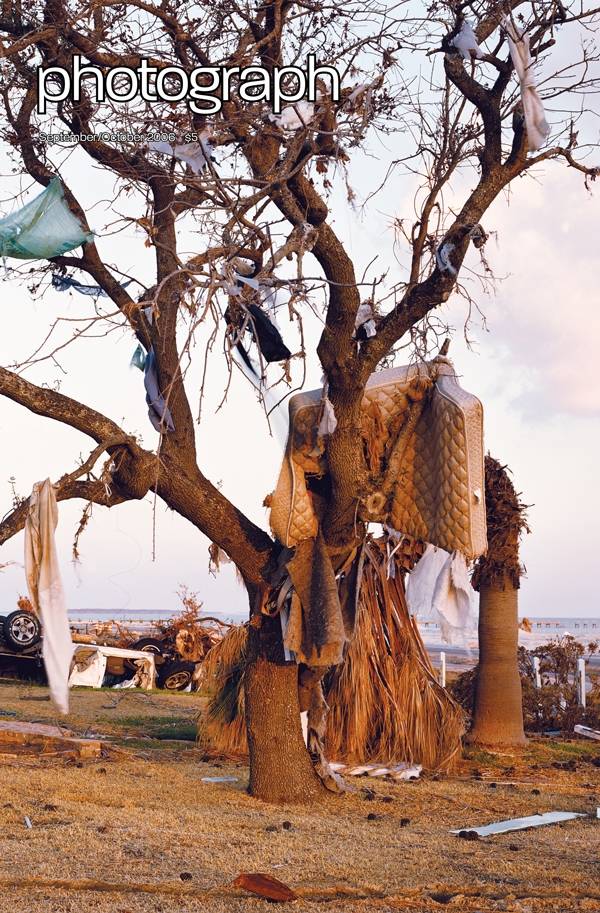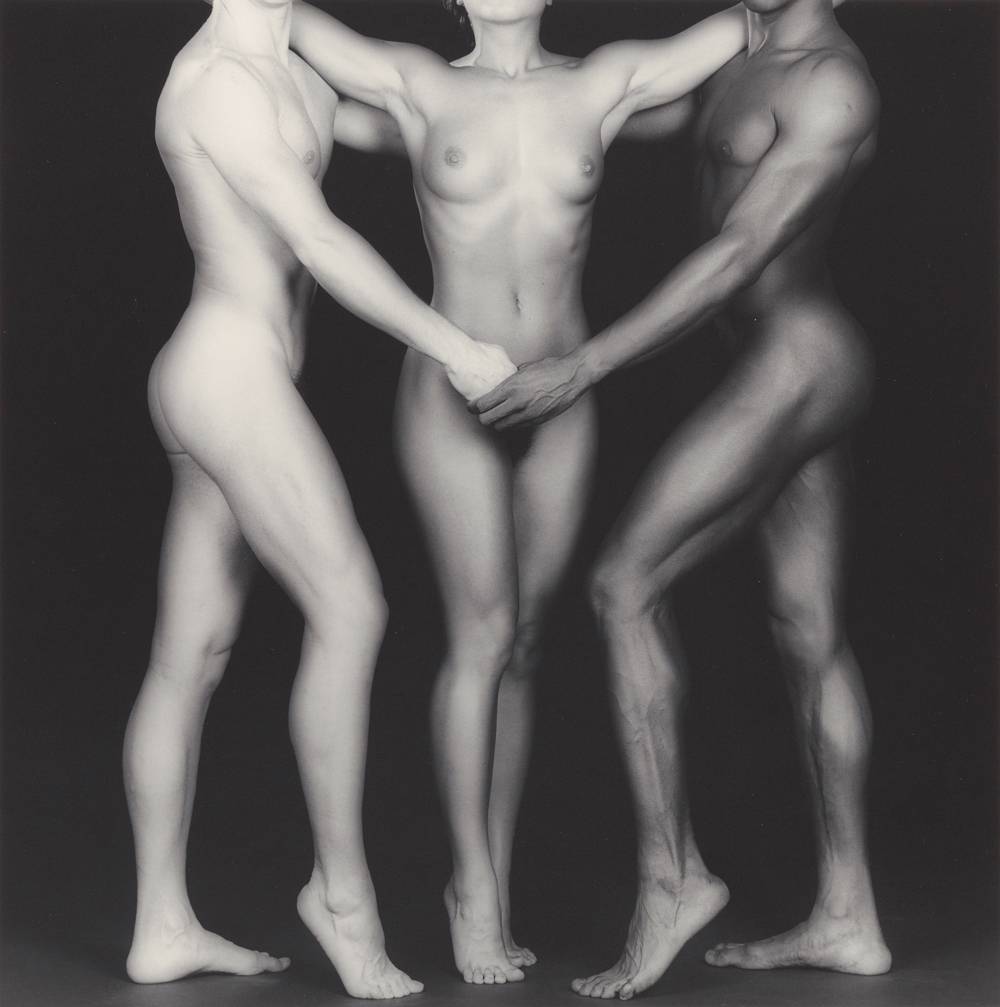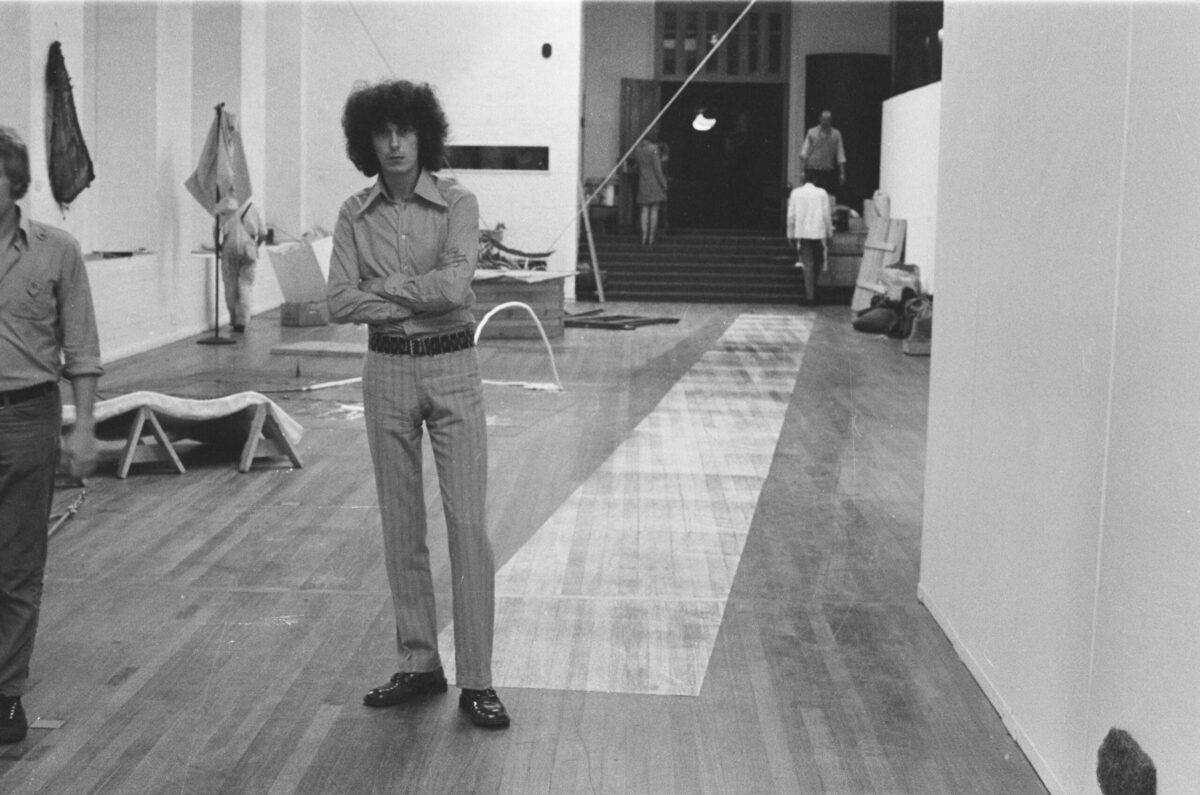Think about how the world has changed since the first Earth Day in 1970: almost twice as many people on the planet, consuming a third more oil; the fantasy of global warming now a reality—and perhaps the cause of disasters like the one Mitch Epstein records for our cover, Biloxi, Mississippi, 2005; nuclear power an attractive option. And on the other hand? The mainstreaming of green technology, the political ascent of conservation, the idea of sustainability, the creation of NGOs with the power to leap national boundaries. Ecolypse or Ecotopia? Either way, the landscape, as today’s artists regard it, has never seemed so problematic or so urgently in need of attention. For The Second International Center of Photography Triennial of Photography and Video, titled Ecotopia(on view from September 14, 2006, to January 7, 2007), thirty-nine artists have turned their gaze on a changing world and given back images of an uncertain future. It’s a perfect counterpart to the first triennial, which focused exclusively on people and the mysteries of identity. From Robert Adams’s patient and relentless environmentalism to Mary Mattingly’s imagined technolandscapes (with “wearable houses,” as she calls them), the work represents, in the words of curator Brian Wallis, “the resurrection of a disparaged genre: landscape photography. It’s not just a form of activism we see here,” he adds, “but the expression of a broad anxiety and a rethinking of nature as a context.” If that’s the case, what about the prospects of an “ecotopia?” For Wallis, one of five ICP curators who assembled the triennial (the others are Christopher Phillips, Edward Earle, Carol Squiers, and assistant curator Joanna Lehan), the vision of a possible future, not to say a hopeful one, is contained not in any explicit message of the images but in their frequent ambivalence and irresolution. Are we doomed? Saved? It’s not quite possible to tell, at least not yet. “Truth,” says Wallis, “is here less documentary than subjective.” Epstein’s cover image, one of a series he made in and around New Orleans, is a perfect example. He presents a world turned upside down by natural catastrophe, with mattresses in trees and houses only memories. Yet the scene is suffused by a gorgeous, one wants to say even a healing light. This is one reason people are so attached to this place, and the photographer’s very capacity to acknowledge natural beauty in the midst of devastation may be the most optimistic sign. Easy to say, of course, since it’s not his house. Yet it is precisely this ambivalence that forces us to return to the picture again and again, and that prevents us from turning away. Isn’t this the essence of art—that we cannot turn away from it, that it continues to solicit engagement? Such engagement with the world around us is a form of love and the first and necessary step toward action.
Categories












